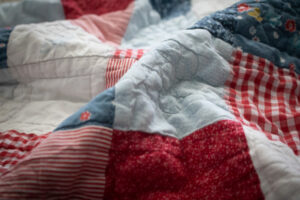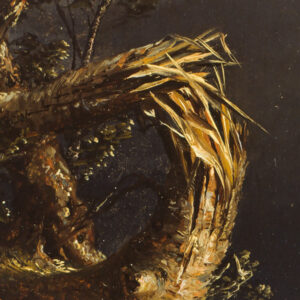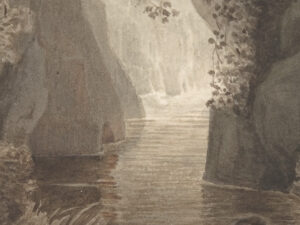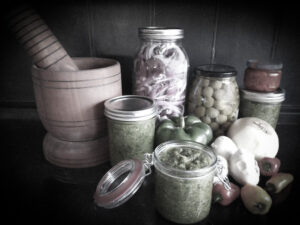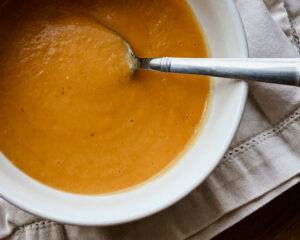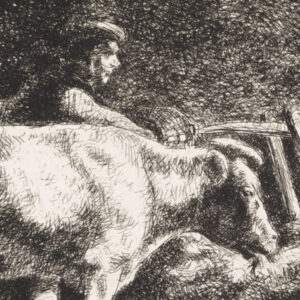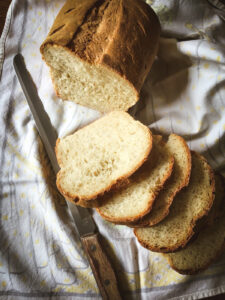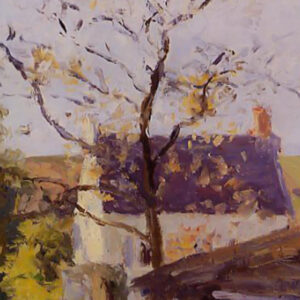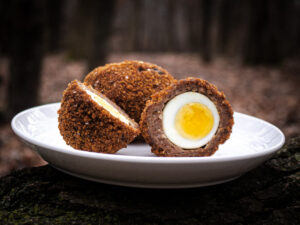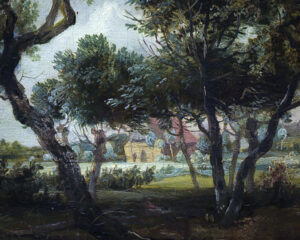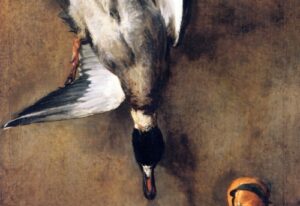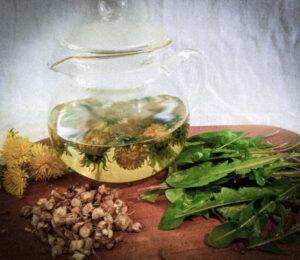
Drink Like a Trappist
A Short, Wet Interview &
Cursory Review of the World’s Best Beers
Hearth & Field Editors caught up with Dr. Jared Staudt over a virtual pint as we discussed the best beer he ever drank, and why Trappist beers are his preferred way to celebrate just about anything.
H&F: Given all the research you did for your book The Beer Option, can you share the best beer you ever drank?
JS: It’s almost impossible to pick one beer, but my favorites are the Belgian Trappists. I’ll never forget enjoying Orval on the grounds of the Trappist Abbey in Belgium. It possesses a beguiling taste, from its Brettanomyces wild yeast and citrusy hoppiness. It’s slightly sweet, complemented by an herbal dryness, tart orangeness, and funkiness from the wild yeast, I had it paired with a steak, smothered with the cheese also made by the Cistercian monks at the Abbey. The flavor reflects the place itself, and as I drank it overlooking the medieval ruins of the green valley, I couldn’t help but think of how the work of the monks’ hands and their craftsmanship elevate the culture wherever their beer is enjoyed. Who and where the beer comes from is really an important and underappreciated aspect.
H&F: Why is location and local agriculture so important to the flavor of beer?
JS: Beer is very much a reflection of place. You are literally drinking the local environment, with water as the main though largely overlooked ingredient. In Belgium, the yeasts used by these monasteries have been carefully cultivated for generations, Orval, as I mentioned, uses a wild yeast with characteristics unique to that local place and nowhere else in the world.
 Beer reflects the local culture and economy as well. Until fairly recently, American beers were mass produced, standardized without much flavor, and with little connection to a particular place. However, when you open up a bottle of Chimay, you are entering into the life, work, and charitable projects of the monks who have been committed to their place for generations. You get a taste of the local Belgian and Trappist culture, in a way that should help create culture in that moment—gathering people together over food and anchoring conversation and celebration. You can also “Brew Like a Monk,” as Stan Hieronymus puts it. Homebrewers can purchase a clone of the yeast strains used at these various monasteries and bring a little piece of the monk’s legacy into their own brew.
Beer reflects the local culture and economy as well. Until fairly recently, American beers were mass produced, standardized without much flavor, and with little connection to a particular place. However, when you open up a bottle of Chimay, you are entering into the life, work, and charitable projects of the monks who have been committed to their place for generations. You get a taste of the local Belgian and Trappist culture, in a way that should help create culture in that moment—gathering people together over food and anchoring conversation and celebration. You can also “Brew Like a Monk,” as Stan Hieronymus puts it. Homebrewers can purchase a clone of the yeast strains used at these various monasteries and bring a little piece of the monk’s legacy into their own brew.
H&F – What is your standard for choosing a good beer?
JS: I start with what is on sale. No, seriously, I love to try new beers, especially any new micro-brews from the local area. I also try to have some good beers on hand to share; things that want to introduce to other people. There’s nothing better than sharing a large bottle of Chimay, experiencing it together and hearing people say: “Wow, this is what beer tastes like.” When you consider the quality and the craft it blows you away. Now, add in a great food pairing with convivial company and you are creating something more than just sharing a pint but entering into festivity.
JS: We often open a beer and take it for granted, especially if we think it was produced in a large factory or assembly line as some utilitarian good. But with a good Trappist beer it creates a shared experience and an opportunity to investigate Catholic culture. It opens us up to questions, like: “Why do the monks brew?” “How is brewing related to the building of culture?” And, most importantly, “what does this excellent beer say about the labora of the work that goes into our food and drink, and, dare I say, also the ora, the prayer that guided its brewing?”
H&F – Recommendations for a good Trappist Ale?
JS: 1. Orval Trappist Ale. 2. Chimay – Blue ‘Grande Reserve’. 3. Rochefort 6, 8 or 10. 4. Spencer Trappist Ale (St. Joseph’s Abbey, Spencer Massachusetts). 5. Tre Fontane Tripel (Rome). 6. Engelszell (Austria).





